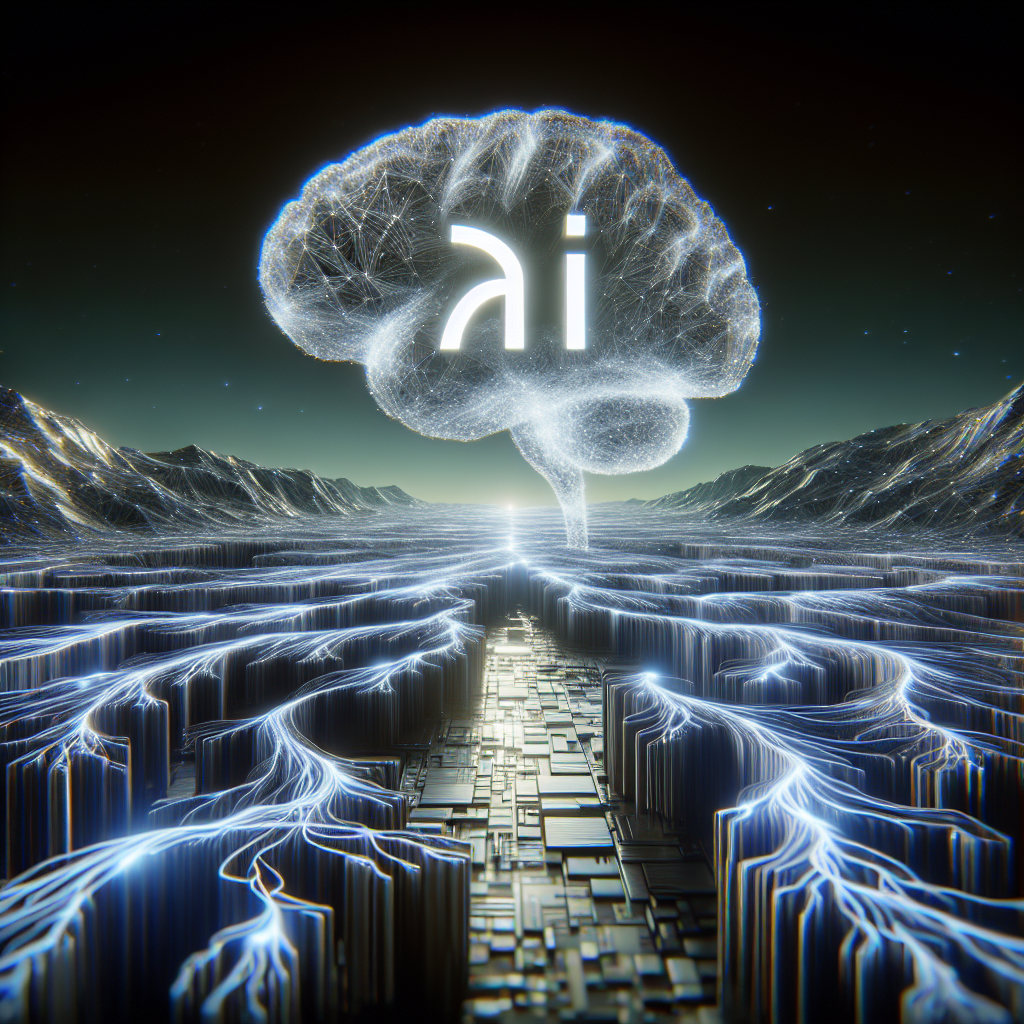Artificial intelligence (AI) has been one of the most exciting and rapidly developing fields in recent years, with applications ranging from autonomous vehicles to personalized medicine. Deep learning, a subset of AI that uses neural networks to mimic the way the human brain processes information, has been particularly influential in driving innovation in this space. NVIDIA, a leading technology company known for its graphics processing units (GPUs), has been at the forefront of deep learning innovation, making significant contributions to the field.
One of NVIDIA’s key contributions to deep learning innovation has been the development of powerful GPU hardware that is specifically designed for accelerated computing. GPUs are well-suited for deep learning tasks because they can process massive amounts of data in parallel, making them much faster than traditional central processing units (CPUs). NVIDIA’s GPUs, such as the Tesla P100 and V100, have been widely adopted by researchers and companies working on deep learning projects, enabling them to train complex neural networks more quickly and efficiently.
In addition to providing cutting-edge hardware, NVIDIA has also played a major role in developing software tools and frameworks that make it easier for researchers and developers to work with deep learning algorithms. One of the company’s most popular contributions in this area is CUDA, a parallel computing platform and programming model that allows developers to write code that can be executed on NVIDIA GPUs. CUDA has been instrumental in accelerating the development of deep learning algorithms, enabling researchers to train larger and more complex neural networks than ever before.
NVIDIA has also been a driving force behind the development of deep learning frameworks such as TensorFlow and PyTorch, which have become essential tools for researchers and developers in the AI community. These frameworks provide pre-built components and libraries that make it easier to build and train neural networks, allowing researchers to focus on developing innovative algorithms rather than on writing low-level code.
Looking to the future, NVIDIA continues to push the boundaries of deep learning innovation, with ongoing research and development efforts in areas such as natural language processing, computer vision, and autonomous driving. The company’s work in these areas is helping to unlock new possibilities for AI applications, from improved speech recognition systems to more advanced robotics and self-driving cars.
Overall, NVIDIA’s contributions to deep learning innovation have been instrumental in advancing the field of AI and driving progress in a wide range of industries. As the company continues to invest in research and development, we can expect to see even more groundbreaking advancements in the future of AI.


Leave a Reply